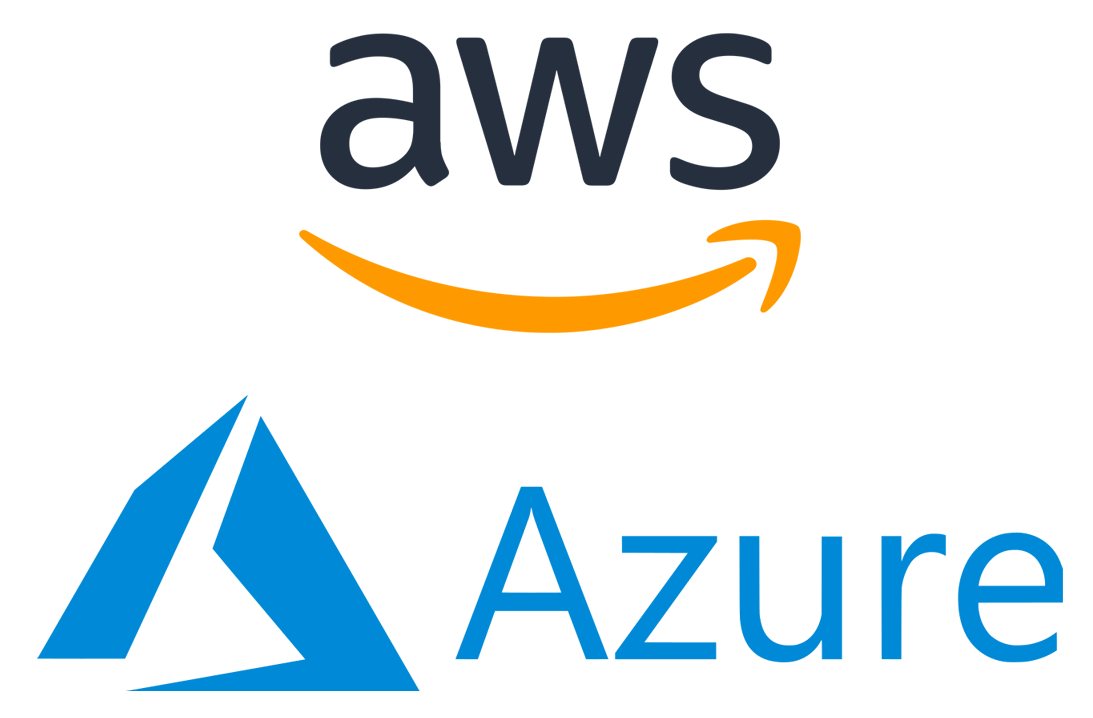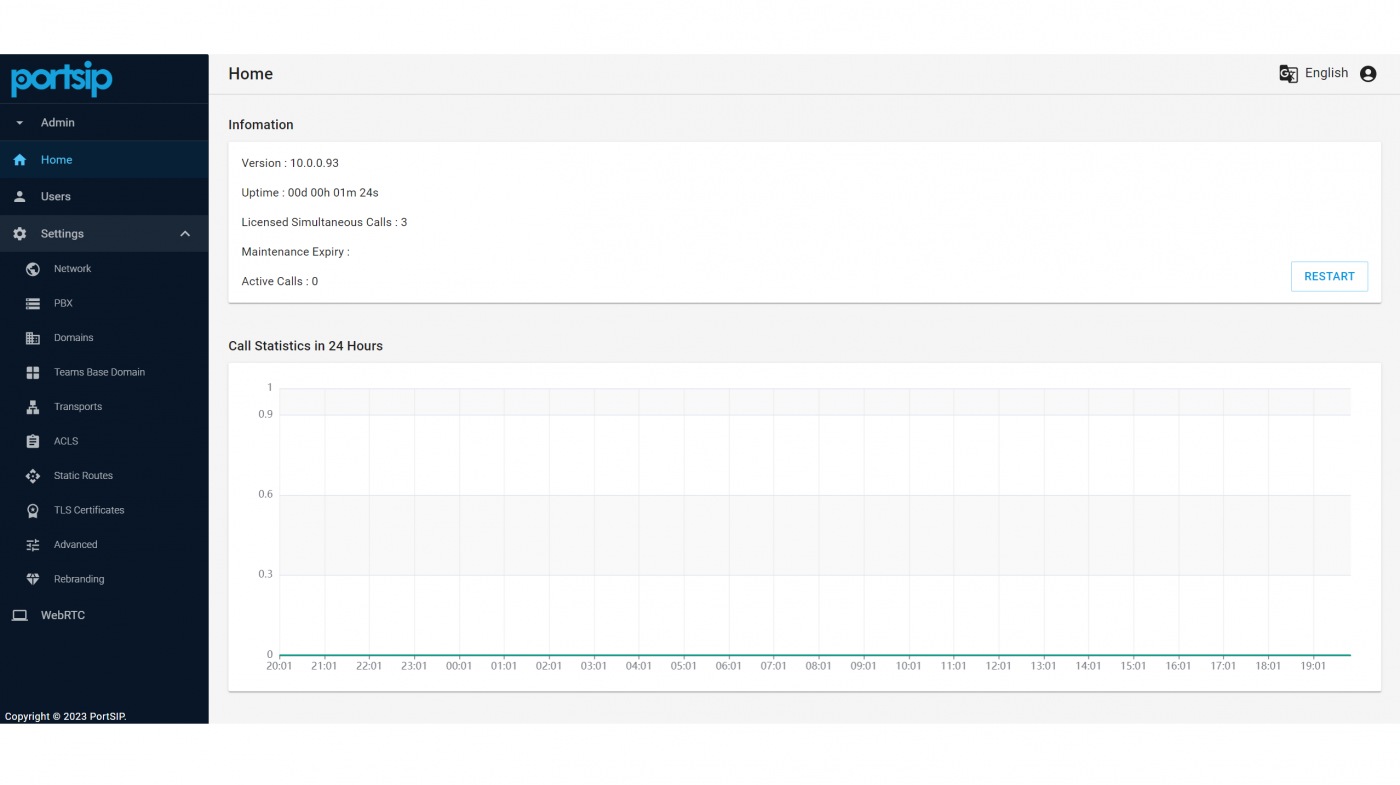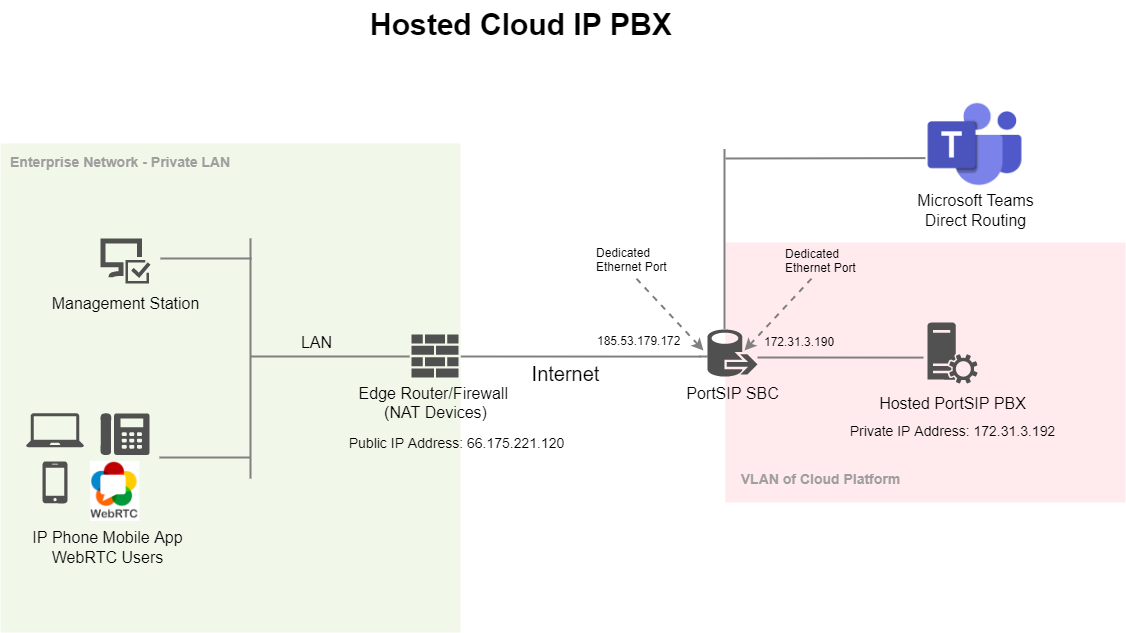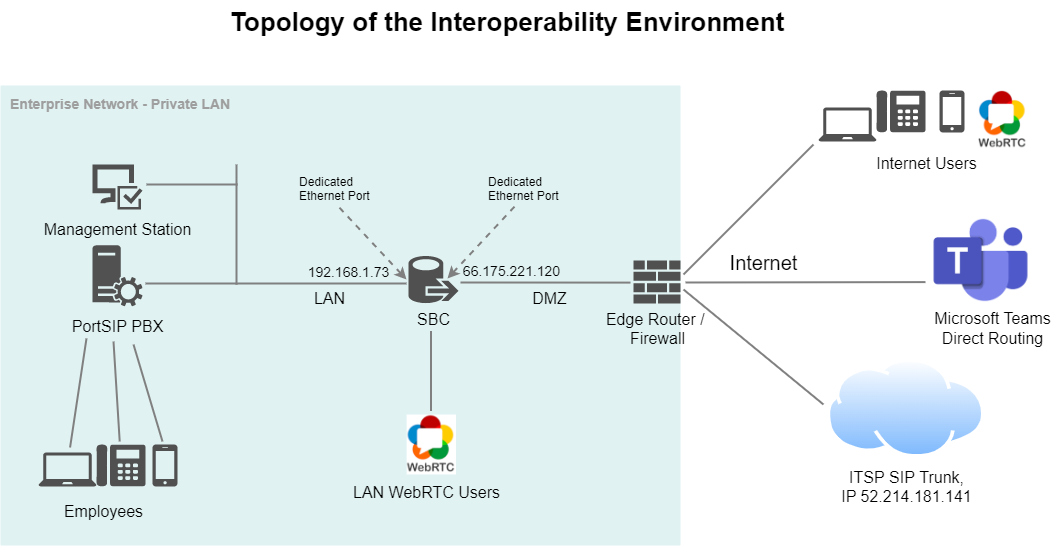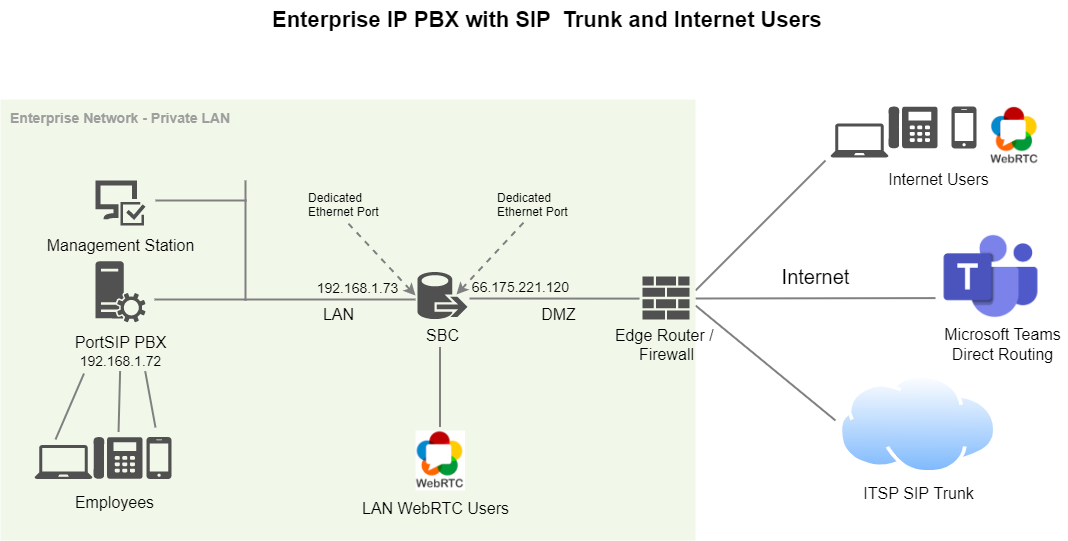The PortSIP Session Border Controller (PortSIP SBC) provides best-in-class communications security with the convenience of deployment from popular virtual machine platforms such as Azure and AWS. The PortSIP SBC delivers:
- Full Rebrandability
- VoIP Security (topology hiding, encryption, protection against Denial of Service attacks, and more)
- Interoperability with leading PBXs, cloud UC services, cloud contact center services, SIP endpoints, and SIP trunking providers
- Microsoft Teams Direct Routing
- WebRTC
- Advanced call routing features
- Powerful media services are included
- Efficient architecture that uses fewer software resources, reducing the cost to deploy
The PortSIP SBC dramatically simplifies the deployment of robust communications security services for SIP trunking, Microsoft Direct Routing, and cloud UC services. Organizations can deploy the software instantly from virtual machine platforms including Microsoft Hyper-V, VMware, and Linux KVM as well as the Azure and AWS. The SBC protects SIP trunks, SIP endpoints, cloud contact centers, and cloud UC services, including Microsoft Teams Direct Rouing. Since it is software, it easily scales up or down based on the cloud environment or platform attributes you choose. It also includes support for a number of important media services, such as transcoding, that are critical for interoperability.
PortSIP SBC has been independently verified to deliver full protection and performance, even during severe security attacks. That should come as no surprise since PortSIP SBCs are widely deployed across the globe in many of the world’s largest telecom provider networks, PortSIP’s engineering teams understand the importance of scale and resiliency.
PortSIP SBC can be deployed as a component of the PortSIP PBX that no need the extra license.


